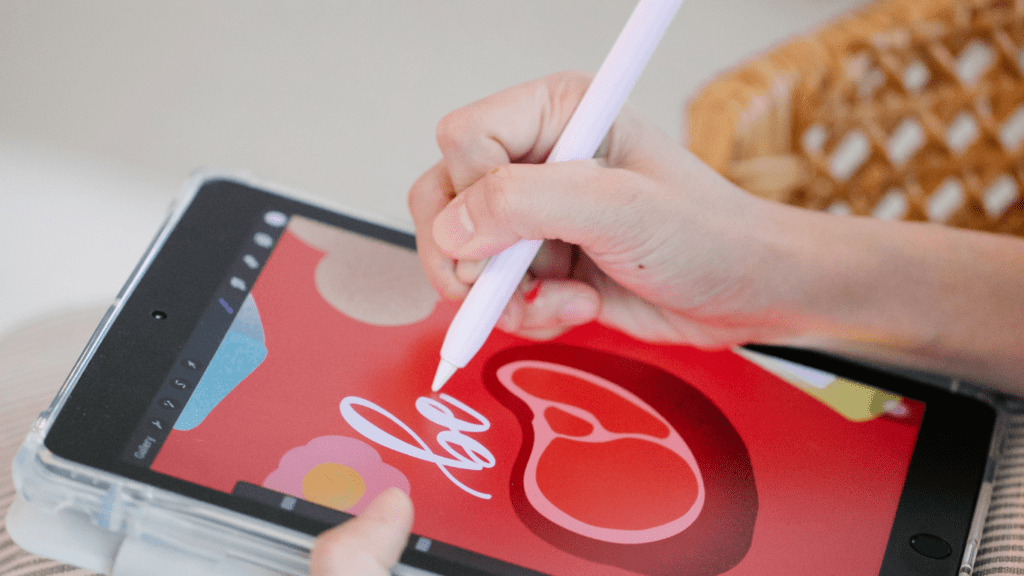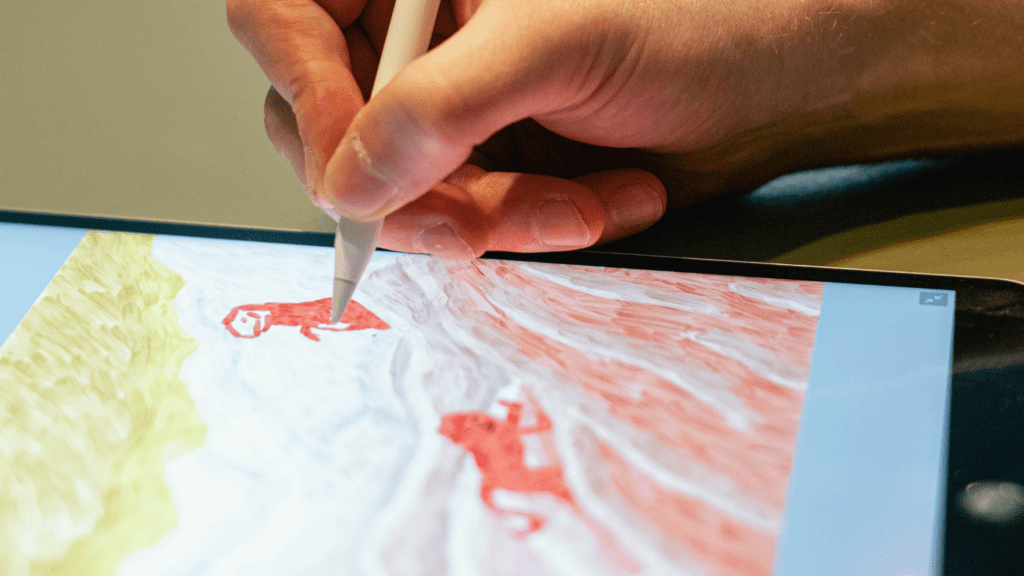The Emergence of AI in Art
Artificial Intelligence has made significant strides in art. Machines not only create visual art but also compose music.
Historical Context and Evolution
AI’s integration into art isn’t new. In the 1960s, artists and technologists experimented with computer-generated art.
Harold Cohen, a pioneer, created the AARON program which produced autonomous artworks. Early AI artists relied on algorithmic approaches, but the complexity of outputs has evolved significantly.
By the 1990s, digital art saw the rise of interactive installations where viewers’ actions influenced the artwork. Machine learning and neural networks emerged in the early 21st century, enhancing AI’s creative potential. Today, Generative Adversarial Networks (GANs) and deep learning algorithms empower machines to create intricate and sophisticated pieces.
Key Technological Advancements
Machine learning algorithms, particularly GANs, revolutionized AI art creation.
- GANs consist of two neural networks—the generator and the discriminator—that work together to produce realistic images. An example includes the portrait “Edmond de Belamy,” auctioned at Christie’s in 2018 for $432,500.
- Deep learning allows AI to analyze vast datasets of artistic styles and techniques, enabling machines to produce unique artworks.
- Natural Language Processing (NLP) has also facilitated AI-generated poetry and storytelling. Google’s DeepDream, which uses convolutional neural networks, generates hallucinogenic imagery by enhancing patterns in existing images.
These advancements have democratized art creation, giving artists new tools and expanding the boundaries of creativity.
How AI is Transforming the Art World

Artificial intelligence is reshaping the art world by offering new tools and methods for creation. From generating surreal images to composing intricate music, AI’s influence is profound.
AI Tools for Artists
Artists now use various AI tools for creating innovative pieces.
AI-driven software, such as DeepArt and Google DeepDream, allows artists to transform photographs into artwork with unique, often surreal styles.
These tools use deep learning algorithms to analyze and replicate artistic techniques from famous paintings.
Similarly, platforms like Runway ML enable artists to integrate machine learning models into their workflow, expanding creative possibilities.
AI as an Artist: Case Studies
Case studies highlight AI’s potential as an independent artist. In 2018, Christie’s auctioned an AI-generated portrait titled “Edmond de Belamy,” created using a GAN by the French art collective Obvious. The artwork sold for $432,500, showcasing the market value of AI art.
Another example is AICAN, developed by Dr. Ahmed Elgammal, which produces art by simulating the creative process of human artists. AICAN’s pieces have been featured in galleries and exhibitions, demonstrating AI’s role in contemporary art.
Benefits of AI in Artistic Creation
AI technology offers several benefits in the realm of artistic creation, transforming how artists conceive and produce their work.
Enhancing Creativity
- AI tools, like DeepArt and Runway ML, enable artists to explore new artistic styles.
- Using deep learning algorithms, these tools analyze patterns in existing artwork to generate novel compositions.
- Artists can experiment with multiple styles and techniques without starting from scratch each time. For example, DeepDream by Google creates dream-like, surreal images by enhancing features in an artwork.
This capability allows artists to push conventional boundaries and infuse their work with unique, unforeseen elements.
Accelerating Production
AI accelerates the art production process by automating repetitive tasks. Artists can use AI-driven applications to save time on tasks like resizing, color correction, and pattern generation. Tools like GANs generate high-quality images quickly by learning from vast datasets of art. This efficiency permits artists to focus on the creative aspects of their projects, thus boosting overall productivity.
For instance, an artist can use Runway ML to generate numerous variations of a design, significantly cutting down the iteration time.
Ethical Considerations and Challenges
AI’s integration into art brings unique ethical dilemmas.
Authorship and Authenticity
Determining authorship in AI-generated art proves complex. Traditional artists create art through a tangible process, while AI art involves algorithms and data. Who owns the final piece—the programmer or the machine? Projects like “Edmond de Belamy” highlight these issues, with collective efforts blurring individual credit.
Legal frameworks lack clarity on intellectual property for AI-created artworks, complicating the recognition of authentic creators.
Impact on Traditional Art Forms
AI influences traditional art forms in profound ways. Some argue it diminishes the value of human creativity, while others see it as an enhancement. AI’s ability to mimic styles challenges the originality of human-made art. Conversely, it allows artists to experiment and redefine their craft.
For instance, AI tools like Google DeepDream provide new mediums for expression, blending technology and creativity. This shift raises questions on the future landscape of traditional versus AI-enhanced art.


